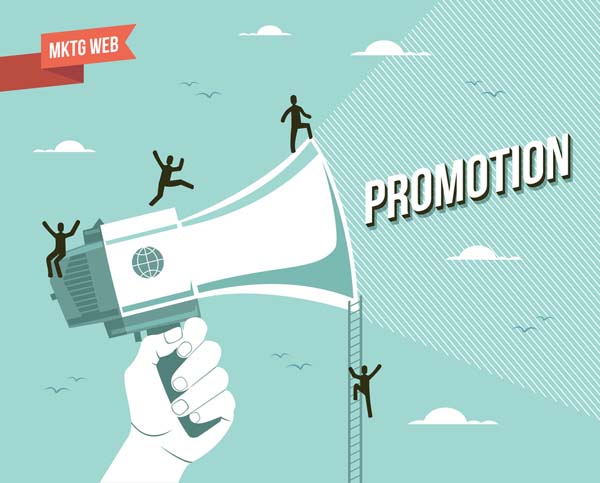
Inbound Marketing in Asia: In A Nutshell
January 20, 2014
Will Companies Using Only Traditional Marketing Fall Behind?
January 27, 2014More Singapore marketers are getting on the Inbound Marketing bandwagon, because it is simple, relatively inexpensive and more effective. We’ve already roughly established what inbound marketing is in a nutshell and how it is well suited for niche or B2B businesses. But let’s take a more in-depth look into the qualitative contrasts between Inbound Marketing* and Traditional Marketing.

Traditional ‘Push’ Marketing
86% of people skip TV advertisements and 44% of direct mail is never opened. Traditional Marketing, or Outbound Marketing, is the typical method of marketing to consumers, but its recipients can perceive it as interruptive, which is counter-productive in terms of acquiring sales leads.
People are using more creative ways to block out these interruptions such as AdBlocker or spam filtering. Traditional Marketing’s spray-and-pray approach to finding customers has been regarded as costly and inefficient, which has resulted in the decline of traditional marketing methods, which have to “buy, beg or bug their way in.” But how exactly does Inbound Marketing compare with Traditional Marketing?
Inbound ‘Pull’ Marketing

While Traditional Marketing focuses on finding its customers, Inbound Marketing focuses on getting found by its ‘ideal’ customers. This is more effective and hence more savvy companies are utilizing Inbound Marketing to their advantage, thus the average budget spent on corporate blogging and social media campaigns and management has nearly doubled in the last 2 years. For instance, U.S. inbound marketers spending more than $25K per year save an average of 13% in overall costs compared to traditional marketers. Furthermore, 3 out of 4 inbound marketing channels cost less than any outbound channel.
Verdict – Cost: Winner = Inbound Marketing
Not only does Inbound Marketing cost less, it gives the marketer’s website a stronger online presence than Traditional Marketing as communication is two-way interactive, while Traditional marketing maninly consists of one-way communication that pushes products onto customers.
Verdict – Converting leads to customers: Winner = Inbound Marketing
While marketers using Traditional Marketing rarely seek to entertain or educate prospects, the Inbound Marketer forms a rapport with its prospects built on trust and the provision of useful content. Using tools such as cookies, the Inbound Marketer is aware of the behavior of its prospects and can adjust his/her marketing strategies to best suit the needs of the prospect. Conversely, as there is little interaction between the marketer and the customer in Traditional Marketing, the traditional marketer does not have the opportunity to continuously cater to the customer’s interests once the transaction is complete.
Verdict – Customer satisfaction: Winner = Inbound Marketing
Carrying out Inbound marketing requires a certain set of skills such as IT and social media marketing, and hence an Inbound marketing campaign may not be successful without these skills. From being able to use Search Engine Optimization to knowing how to utilize social media platforms to your advantage, Inbound Marketing is a different landscape from Traditional Marketing altogether, and the transition for traditional marketers into inbound marketing may not be smooth sailing.
Verdict – Expertise requirement: Winner = Traditional Marketing
If you are interested in Inbound Marketing, even if you think you lack the technical expertise, feel free to download the e-book on the right sidebar to get started!
Check out our other post: Will Companies Using Only Traditional Marketing Fall Behind?
* Inbound marketing is a form of digital marketing that involves SEO, Social Media, blog and landing pages to generate sales leads.
{{cta(‘d54cc04e-3cdc-4b79-845c-bc391be70411’)}}


